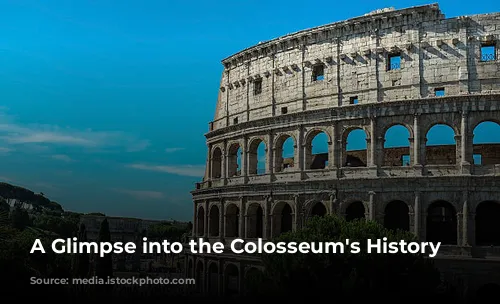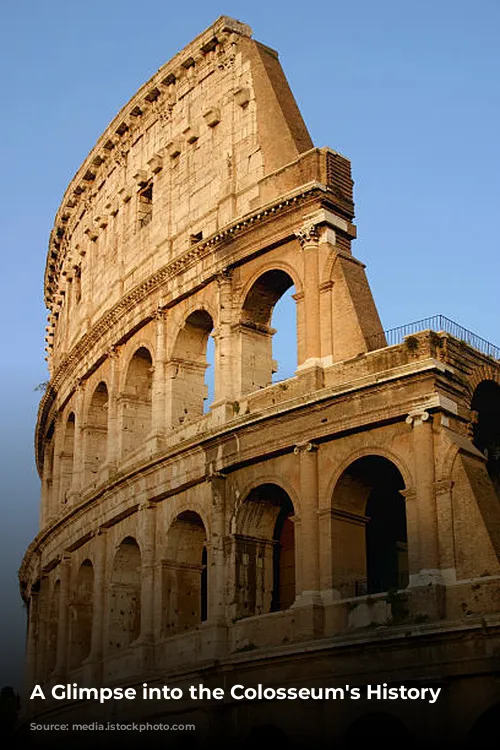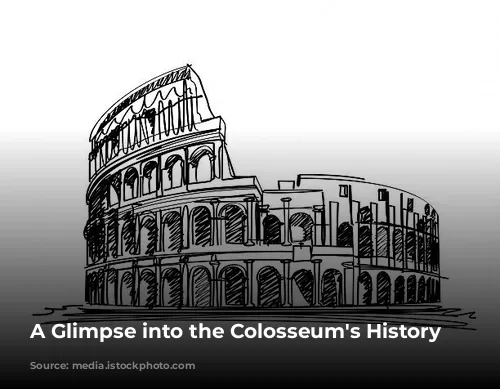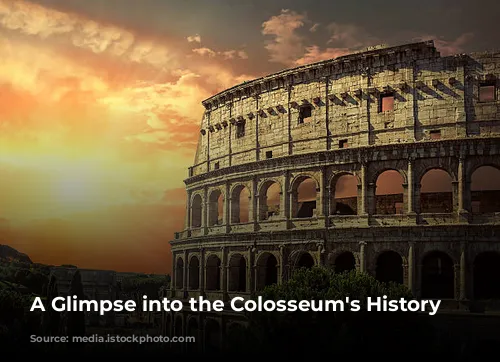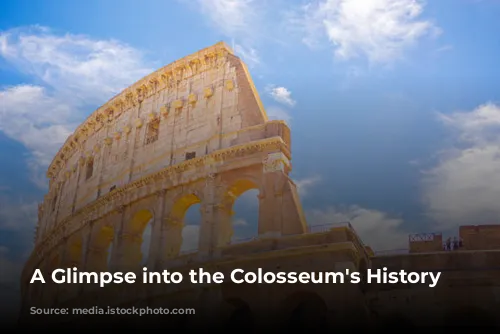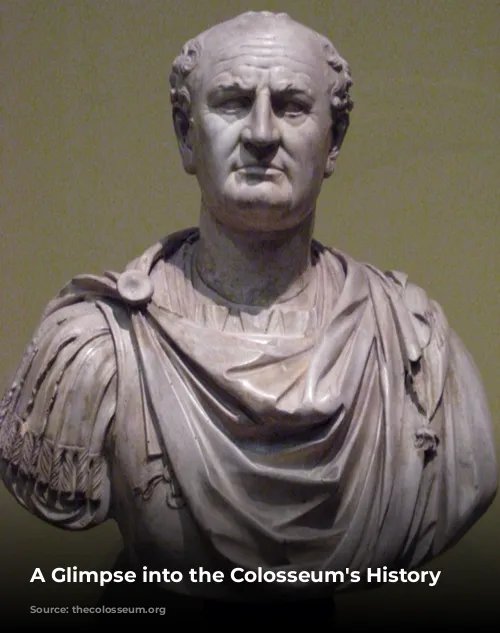The Colosseum, a monumental symbol of Roman power, stands as a testament to an era of gladiatorial battles, exotic hunts, and public executions. This grand amphitheater, with its nearly two thousand years of history, holds a captivating array of facts and stories waiting to be unveiled. Prepare to be amazed as we delve into the Colosseum’s fascinating past and uncover the secrets it holds.
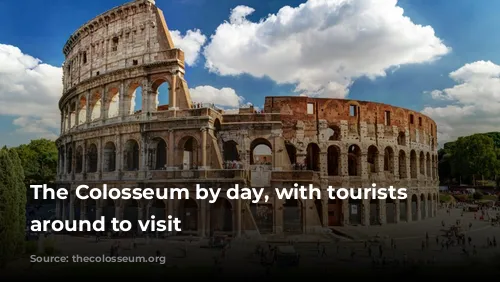
The Colosseum’s Construction
The construction of the Colosseum began in 72 AD under the reign of Emperor Vespasian, a testament to Roman ambition and engineering prowess. Though Vespasian did not live to see its completion, his sons, Emperors Titus and Domitian, carried on his vision, ensuring the arena’s completion in 80 AD. A staggering force of 60,000 to 100,000 Jewish slaves, captured after the first Jewish-Roman war, toiled under the watchful eyes of Roman engineers and craftsmen, meticulously bringing this architectural marvel to life.
Their labor, however, was not born out of choice but out of the harsh reality of being captives of war. They were forced to transport heavy stones from the quarries of Tivoli, located 20 miles away, to the construction site. The Colosseum’s foundation was laid using approximately 100,000 cubic meters of travertine stone, held together by thousands of iron clamps, a testament to Roman ingenuity in building with such massive scale.
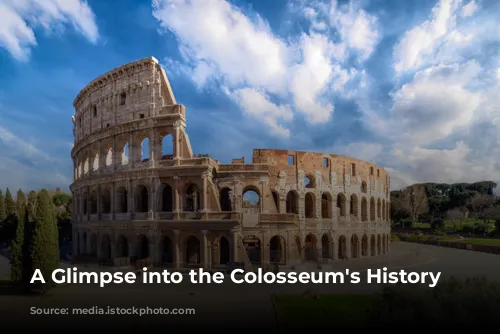
The Colosseum’s Purpose: A Monument to Roman Entertainment
The Colosseum’s construction wasn’t simply a feat of engineering; it was a statement. It was a response to the Roman citizens’ displeasure with Emperor Nero’s lavish palace, the Domus Aurea, built after the devastating fire of 64 AD. Emperor Vespasian, seeking to appease the public and establish a symbol of unity, ordered the demolition of Nero’s palace and the construction of the Colosseum on the site of its artificial lake.
The Colosseum was intended to be a beacon of entertainment for all Roman citizens, a place where they could gather and witness the spectacle of gladiatorial battles, hunts, and executions. This arena was designed to be a stage for the grand dramas of Roman life, where the lines between reality and entertainment blurred.
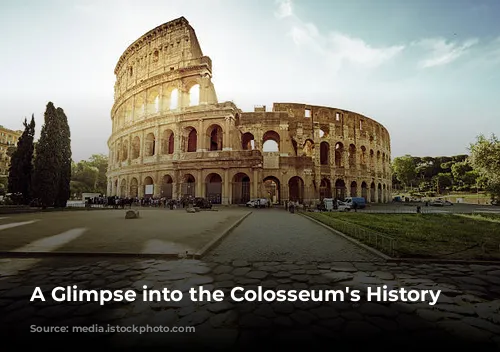
A Glimpse into the Colosseum’s Interior
Beneath the surface of the Colosseum lies a complex network of tunnels and chambers known as the hypogeum, an intricate system that served as the backstage for the arena’s spectacles. This underground world housed gladiators, animals, and prisoners, all awaiting their fate. Hidden trapdoors provided a dramatic entrance for animals and scenery, creating a captivating experience for the spectators above.
The Colosseum’s outer walls were a marvel of architectural design, adorned with three levels of Doric, Ionic, and Corinthian columns, each level boasting 80 arches. These arches were numbered with Roman numerals, serving as a guiding system for the citizens to locate their designated seats. Today, 31 of these arches still stand, offering a glimpse into the Colosseum’s grandeur.
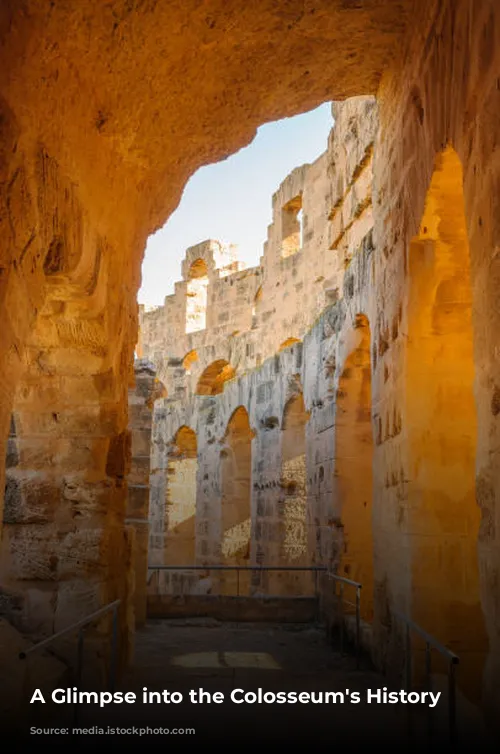
The Colosseum’s Spectators: A Sea of Faces
Imagine the roar of the crowd, the thunder of hooves, and the clash of swords echoing through the Colosseum. This vast arena could accommodate an astonishing 50,000 to 80,000 spectators, filling the stands with a sea of eager faces, their eyes fixed on the dramatic events unfolding before them.
The Colosseum’s design allowed for a clear view of the arena from every seat, ensuring that the drama was visible to all. This impressive capacity speaks to the significance of entertainment in Roman society, and the Colosseum’s role as a central hub for this spectacle.

The Colosseum’s Bloodbath: A Controversial Legacy
The Colosseum’s history is not without its dark side. It was the stage for countless bloody battles, hunts, and executions, a reminder of the Roman fascination with violence and spectacle. It is estimated that over 400,000 people, including gladiators, slaves, convicts, and prisoners, perished within its walls, leaving a chilling mark on its history.
The Colosseum was not simply a place of entertainment; it was a symbol of Roman power, a stage where individuals were pitted against each other and against nature, their lives hanging in the balance. The Colosseum’s legacy is one of both awe and unease, a reminder of the brutal reality of ancient Roman life.

The Colosseum’s Animal Kingdom
The Colosseum was home to a diverse array of animals, brought in from distant lands to provide entertainment for the Roman masses. Lions, tigers, wolves, bears, leopards, and wild boar roamed the arena, their presence a testament to the Roman Empire’s reach. Elephants, hyena, buffalo, hippopotamus, crocodile, and giraffe were also featured in the arena’s spectacle, their participation showcasing the Roman’s fascination with the exotic and the dangerous.
These animals were not merely objects of curiosity; they were instruments of death. In staged hunts, armed and trained humans would confront these beasts, their lives hanging in the balance. These hunts were not mere entertainment; they were demonstrations of Roman power and dominance, a reflection of their relationship with the natural world.
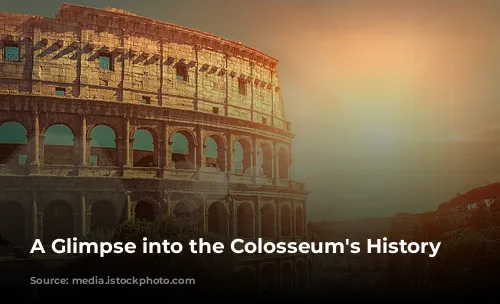
The Colosseum’s Decline: A Victim of Time and Change
Over time, the Colosseum, like the Roman Empire itself, fell into decline. It suffered from fires and earthquakes, which took their toll on the once magnificent structure. By the 5th century, the Roman Empire was in a state of decline, and the resources needed to maintain the Colosseum were scarce. The cost of hosting gladiator battles and hunts became unsustainable, leading to their eventual cessation.
The Colosseum’s decline marked a shift in Roman society. The spectacle of gladiatorial combat and hunts, once a source of entertainment and a reflection of Roman power, became unsustainable and ultimately, a relic of the past. The Colosseum, once a symbol of Roman might, was left to decay and fade into the mists of time.
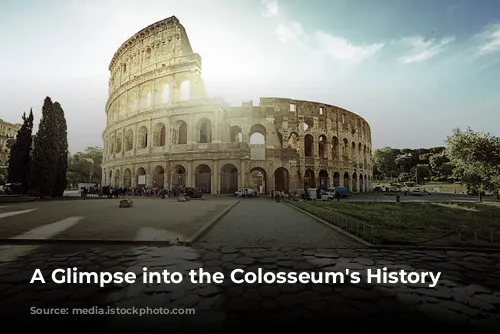
The Colosseum: A Legacy of History and Beauty
Despite the passage of time and the numerous trials it has endured, the Colosseum continues to stand as a testament to Roman ingenuity and ambition. It is a powerful reminder of the empire’s grandeur, its fascination with spectacle, and its capacity for both creativity and brutality. The Colosseum’s story is a complex tapestry woven with threads of glory and tragedy, of entertainment and death, a story that continues to captivate and inspire.
Today, the Colosseum stands as one of the world’s most visited landmarks, attracting over 7 million visitors annually. It is a place where history comes alive, offering a glimpse into the Roman past and a reminder of the enduring power of human creativity and the enduring fascination with the world’s greatest civilizations.
